Designed by m has managed to craft one of the most exquisite and well designed iPhone bumpers we've ever seen — in fact "bumper" seems too unrefined a descriptor — but one flaw could mar for some people what is otherwise a nearly perfect companion to Apple's smartphone.
The brainchild of Designed by m founder Lester Mapp, AL13 is the culmination of many days in the lab and one immensely popular Kickstarter campaign. Demand was so high that AL13 quadrupled its funding goal on the way to becoming the highest backed iPhone bumper in Kickstarter history, quite the goal for those not familiar with the crowd funding site and its many fledgling iOS device accessories.
Mapp told AppleInsider the mantra of his company is to create products with a "clean, simple but awesome design." Sounds a bit like something Apple's Senior Vice President of Industrial Design Jonathan Ive would say.
"When we designed AL13 we wanted to make something that looked like it came with the iPhone," Mapp said. "We were pretty anti-case when it came to our own iPhones. Why would anyone want to cover up anything as awesome as the iPhone?"
Indeed.
Design
Upon receipt of AL13, a clever homage to aluminum's symbol and atomic number, we were impressed at how closely the thin piece of metal mimicked the shape of the iPhone it was built to protect. For reference, the model under review is AL13 for iPhone 5, in slate black. Designed by m also has an identical offering scaled down for the iPhone 4/4S.
Most bumpers on the market today tend to stand out, at times intentionally so, with bold colors and designs that seem to contrast and diminish the sleek profile of the original device. Mapp agrees.
"[W]e found other cases were doing just that; either covering the phone up, or changing its silhouette," he said. "AL13 is slim, extremely lightweight and built to blend in with the look of the iPhone."
Design cues were obviously cribbed from the iPhone 5, like chamfered edges and an anodized, lightly textured surface. The finished product lends itself nicely to the handset.
Using aerospace-grade aluminum, weight is kept down to around 14 grams, a specification Designed by m's website says is nearly half that of the average bumper. The iPhone 5's 112 grams, said by many to be surprisingly light, is veritably obese in contrast. When taking AL13 out of the box, its heft, or lack thereof, was noticeable. The bumper is very light.
Despite the weight, AL13 is substantially rigid. Taking care of padding is a strip of dense anti-scuff rubber material which lines the inner walls. The medium also serves to keep the iPhone snugly in place during use.
Performance
With all the prettiness going on, one could easily overlook what is probably the most ingenious attachment methods on the market. Instead of using screws, snaps, or other cumbersome forms of installation, AL13 harnesses aluminum's ability to undergo flexure. Simply lift the edge of rear cover, slide it out of the main chassis, slip in an iPhone, and replace. The assembly glides back into position with a satisfying "snick."
Despite being easy to put on and take off, the attachment mechanism stays in place when dropped. We were unable to force the bumper off with drop tests onto wood and tile from three feet to five feet. The front and rear of the bumper are raised just enough to keep any exposed areas of the phone away from the ground.
"The initial design featured an almost invisible rear cover, but we found that in cases of falls it wasn’t staying in place, putting the phone at risk. So we altered the design slightly," Mapp said. "We made the rear cover a little wider, not wide enough to mess with our goal of not covering up the phone, but enough to increase its stability and eliminate the problem of it coming loose during falls."
Tolerances are extremely tight, though we found that the iPhone would shift back and forth a touch if the included protective backing film was not used. No such slippage or rattling occurred with the film in place.
Importantly, AL13 doesn't take away from the iPhone's thin design, adding just the right amount of girth to the handset. Buttons are easily reachable, as are the Lightning connector and headphone jack.
Cell Reception
AL13 is beautiful and functional, but there is one caveat. Because the bumper is made from aluminum, it blocks radio signals. In our testing, we found a decrease in reception strength of about -20 dBm, depending on proximity to the nearest cell tower. This can bring overall reception down to around two or three bars as represented by iOS "signal bar" mapping.
While the iPhone 5 is honed from similar aluminum billet, the handset has four breaks, or "windows," in its unibody chassis, through which radio waves can pass. These are filled with a dielectric material, like plastic, which is non-conductive and allows for the phone's dynamic two-antenna setup to communicate effectively.
AL13 masks these windows somewhat, but doesn't create a conductive bridge over the gap thanks to the rubber lining. If it did, reception would be much worse.
Mapp said that preliminary testing found signal loss of 5 to 10 percent; not enough to cause dropped calls. Investigation into new materials is already underway, with an ultimate goal of making the bumper, as well as future designs, radio transparent.
We didn't experience dropped calls, but battery life was impacted slightly. Our guess is the iPhone has to boost power to the radio module in order to maintain acceptable signal strength. Though not unacceptable, some power users who are already teetering on the edge of running their iPhones dry in less than a day may find the added burden worrisome.
That said, we believe the flaw would go largely unnoticed by the average consumer. In some cases, especially with the iPhone 4, the bumper may actually increase reception. As seen in the notorious "antennagate" fiasco, putting a finger over the dielectric filled gap can drop reception down to nil.
Bottom line
With a product like AL13, it's difficult to attach a star rating. The bumper is beautifully designed and executed, but the hit to cell reception is definitely a problem. In the end, we based the final score on attributes a well implemented bumper should display: protection, aesthetics and ease of use.
As a majority of readers will have trouble seeing the difference in cell reception and battery life, only one half star was deducted from the final tally. It should be noted, however, that more discerning users may need to look elsewhere, beyond wraparound aluminum bumper designs.
AL13 lives in that intersection where beauty and function meet. It takes special attention to detail and knowledge of craft to end up with a product like this.
Bottom line: many accessory makers never even reach the level at which Designed by m started with AL13.
At a price of $79.99, AL13 is expensive, but some will find it worth the premium. Those interested can pick one up at Designed by m's website.
Score: 4 out of 5
Pros
- Incredible, lightweight design
- Exacting fit and finish
- Low tolerance build, high quality materials
Cons
- Causes reception/battery drain issues
- Expensive for some
 Mikey Campbell
Mikey Campbell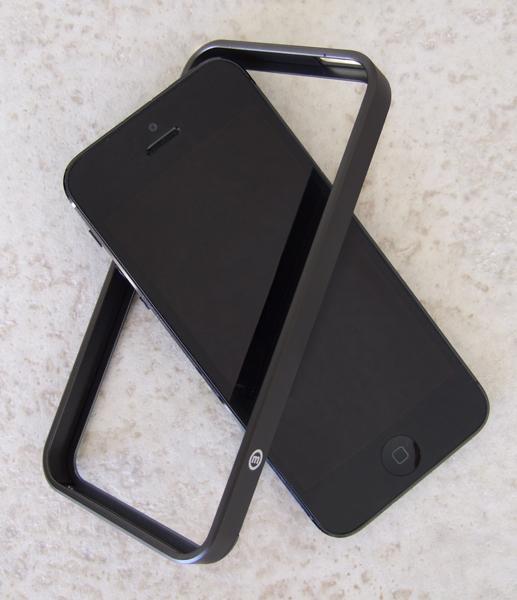
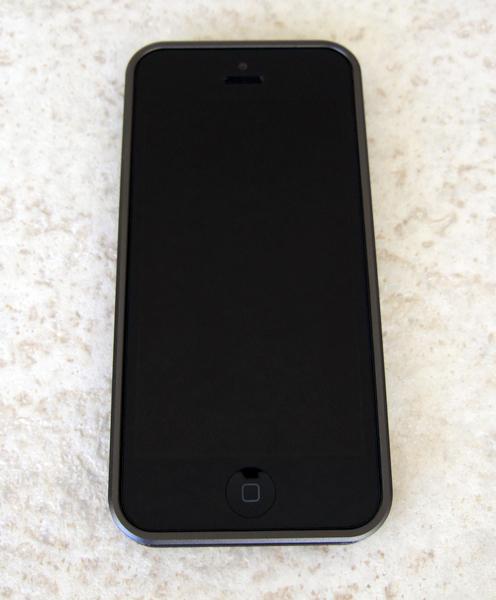
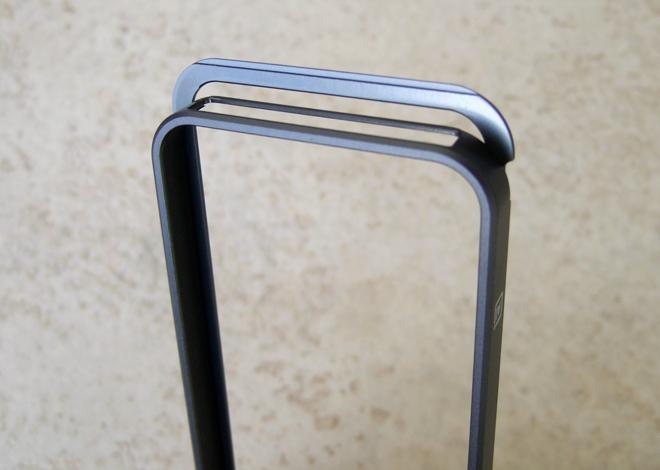
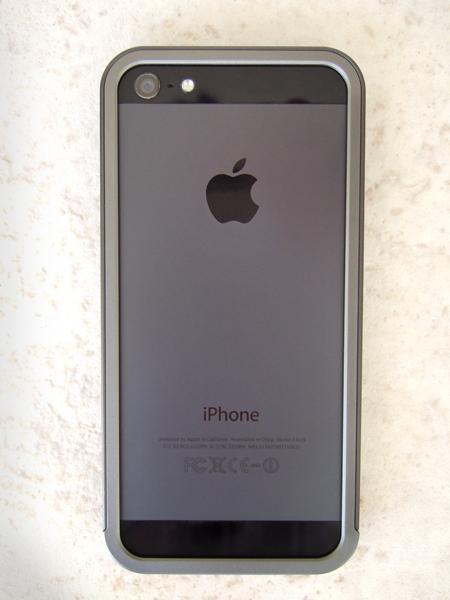
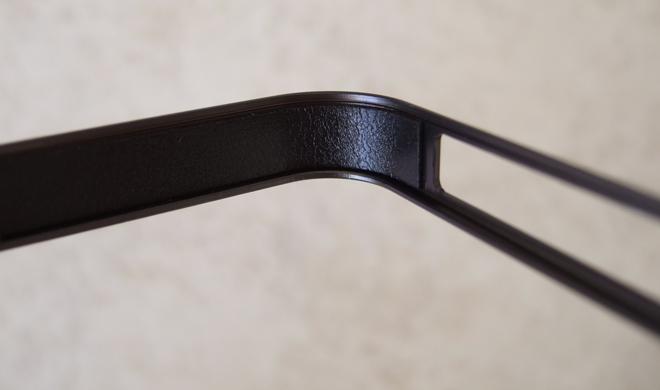
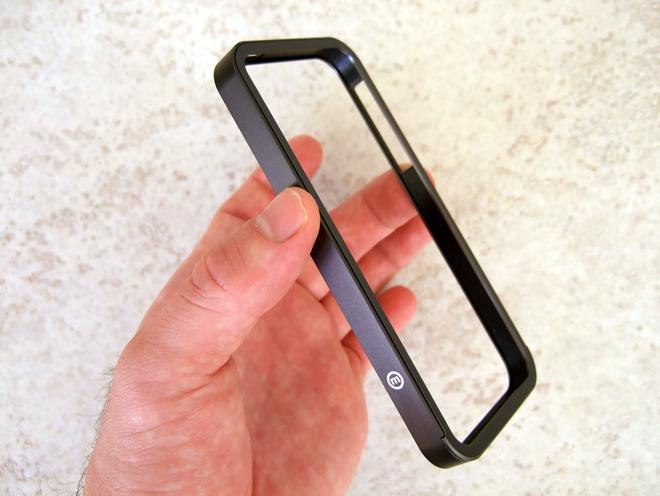



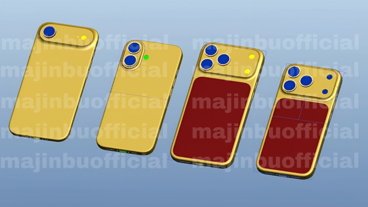
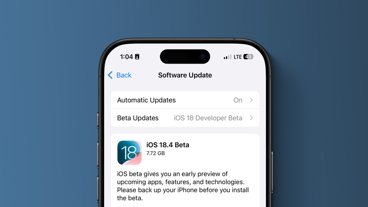
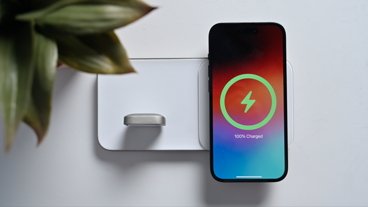
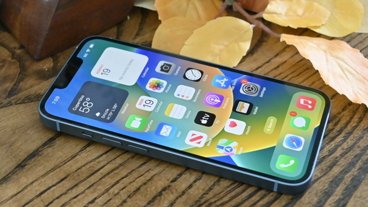

-m.jpg)






 William Gallagher
William Gallagher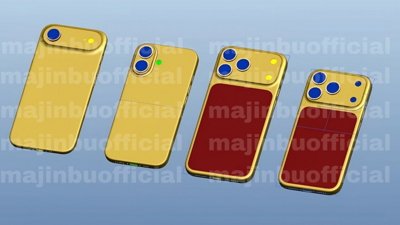

 Christine McKee
Christine McKee

 Charles Martin
Charles Martin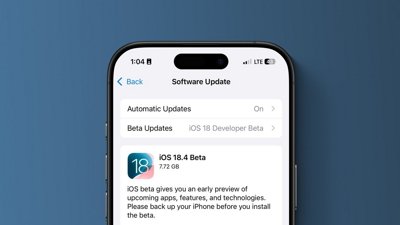
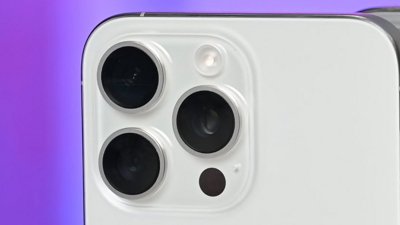
 Malcolm Owen
Malcolm Owen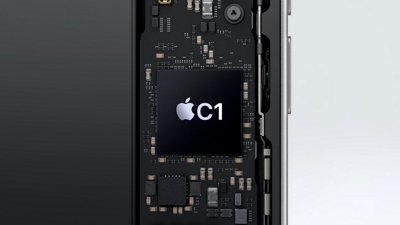



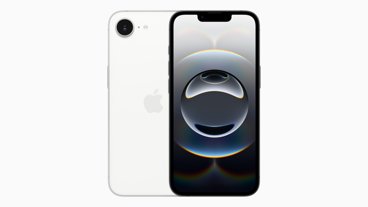
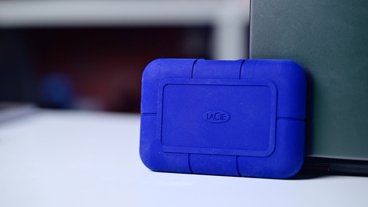
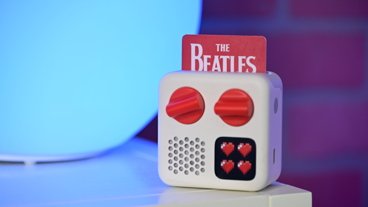
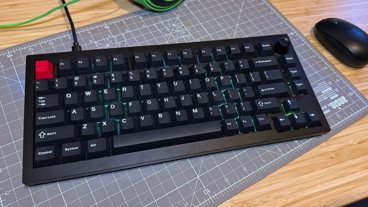
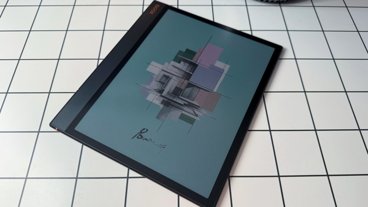

70 Comments
Is this article actually an advert or is it a paid placement?
Why would I buy a very expensive casing for my phone that very effectively dampens its radio transmission/reception anyway? This isn't 'news' and if it deserves a place anywhere on this site, it should be on the 'back page'. Sorry, but that's my opinion.
I like this case- but two things would keep me from ever buying it. 1- my neighborhood, for some reason, I barely get two bars- so losing reception would make my phone not work. 2- $79.99 is ludicrous. A bumper is absolutely the only case anyone should put on a iPhone. Unless in the rare case you are a labor contractor- then life proof or otter box would be a smart move. But I'll take my $6 bumper from Amazon thank you. I've had it since day one, it is just finally starting to show wear after several bumps and small drops, and did I mention it was only $6? Bumper + media devil front and back protectors are the only things ill ever use again. I feel bad for those using big cases.
I agree with cogito. If any money changed hands here for the article it is imperative that it be disclosed as a part of the article (which reads like a 7th grade love letter IMHO). As for the bumper so lovingly described, are you kidding me? On the back it most certainly does not look like it came with the phone. It's horrible. And it blocks cell reception? Apple sells a bumper, you know. If you need one buy the one Jony actually did help design.
After reading the article the bumper sounded great. I thought, "maybe I'll splurge and spend $15 on a bumper instead of $5". $80 is ridiculous, even offensive. $20 would even be too much. If they charge this much to justify their investment then they spent too much money designing the thing.
Mate, however well designed, a bumper can't be awesome because at the end of the day it's just a bumper, and there are minimum complexity requirements for a thing to be impressive.